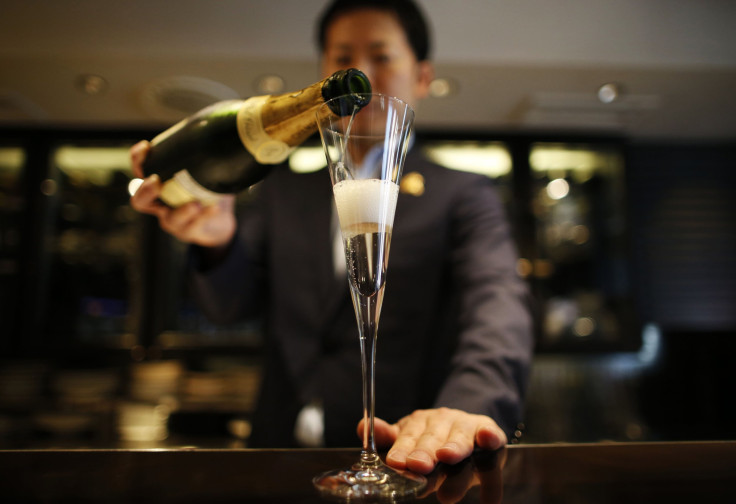What’s The Difference Between Champagne And Sparkling Wine? Consumers’ Tastes Have Changed, But Understanding Lags

Wine consumers have embraced a new kind of ceremonial bubbly in the form of Prosecco and to a lesser degree cava, two lower-priced sparkling wines whose effervescence attracts New Year’s Eve partygoers for the same reasons as Champagne. Whether revelers understand what exactly it is they’re drinking is another story.
“There are two kinds of people: Those that know about bubbles and those that don’t,” Stefano Campanini, owner of Wine By the Bay in Miami, Florida, told International Business Times. Many people “confuse Prosecco with Champagne, which are two totally different things,” Campanini said.
Consumers have flocked in recent years to other sparkling wines like Prosecco because, in many ways, they are more accessible than Champagne, both in terms of taste and price, according to industry experts. The average bottle of Italy-made Prosecco costs about $12 – right in the $10 to $20 price range that attracts more buyers – and is fruitier than Champagne, which tends to be acidic. Sparkling wine sales in general have skyrocketed in recent years, with Prosecco leading the charge. In 2014, Prosecco sales jumped 32 percent, far outpacing overall sales of sparkling wine, the Wall Street Journal reported. Sales of cava, which is made in Spain, saw a modest but notable 2.2 percent increase in U.S. sales since last year.
That’s not to say consumers have abandoned Champagne, a premium product with a loyal market of wealthy drinkers. Despite a crippling dip in U.S. sales between 2007 and 2009, when Champagne shipments to the country dropped 42 percent, Champagne returned to pre-recession levels two years later, according to the Journal. Shipments are expected to increase 1 percent in 2014 from last year.
Wine sellers say that the average customer is unaware Champagne is a very specific type of bubbly that comes from the eponymous wine region in France. Oftentimes, store owners are left explaining the differences between Champagne – which has a higher price point, often upwards of $50 a bottle – and Prosecco. Champagne is fermented in bottles for at least 15 months -- sometimes up to several years -- a tedious process that contributes to the wine’s prestige and cost. Prosecco is fermented in one large tank for about a month.
These nuances are often lost on consumers who simply want something bubbly to celebrate with without shelling out $80, $100 or even $200 for a bottle of French Champagne. “There are still some people who come in and ask for Champagne. Then they see the price tags and they say, ‘Oh no, we’re looking for something closer to $12,’” Frank Pagliaro, owner of FranksWine in Wilmington, Delaware, told IBTimes. “They think anything with a cage on the bottle is champagne.” Also called a muselet, the wire cage that fits over the cork of a bottle of champagne, sparkling wine or to a lesser extent, beer, prevents the cork from popping under pressure.
Consumers have long associated the Champagne brand with sparkling wines in general. “It’s like saying Kleenex for all facial tissues,” Tom Geniesse, founder of Bottlerocket Wine and Spirit in Manhattan, New York, told IBTimes. “It’s become a common language descriptor for all sparkling wines,” something that has often angered purveyors of true Champagne who want to limit the name to wines only made in France.
Like Champagne, sparkling wine sales tend to spike in December ahead of the New Year. For many wine stores, New Year’s Eve is the busiest day of the year. “Even on a wholesale level, I’ll get calls from my suppliers saying they have end of year deals” on sparkling wines, including Champagne, Pagliaro said. “They’re all trying to make their numbers and today is the day to do it.”
© Copyright IBTimes 2024. All rights reserved.





















